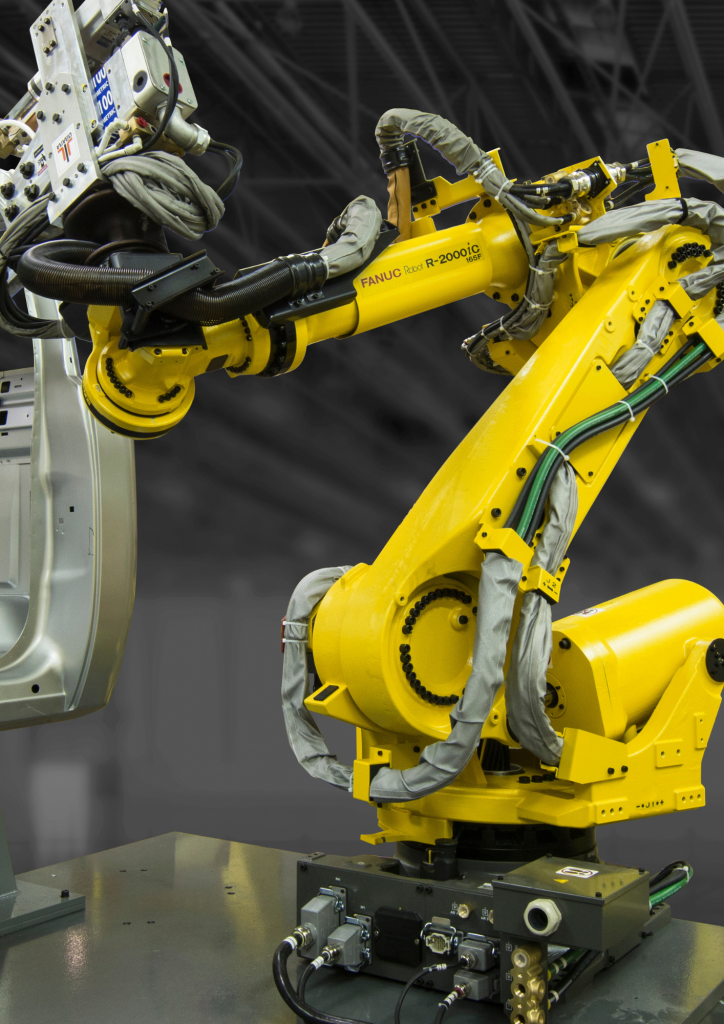The development of robotic arms has revolutionized the manufacturing process by making use of precision, safety, effectiveness, and other aspects that were previously impossible. These mechanical marvels, often called robot arms, have become indispensable in many industries around the world, driven by the urgent necessity of reducing operating costs while maintaining high standards of quality. The incorporation of robotic arms into the manufacturing lines allows manufacturers to not just cut expenses but also improve work safety and efficiency. We’ll examine how these cutting-edge machines reshape the industrial landscape.
The main reason for the increase in global robotic arm use is cost efficiency. The owners of factories are under constant the pressure to decrease workplace injuries, minimize manufacturing errors, and decrease waste. Robotic arms are specifically designed to address these issues. Unlike human workers, robot arms perform repetitive tasks with pinpoint accuracy which eliminates costly errors and reducing waste of raw materials. For example, in industries with high volumes such as automotive manufacturing, robotic arms are able to perform precise welding and part placement to ensure perfect assembly each time. This ensures significant savings because fewer defects result in less waste, rework and work.

Image credit: automatedsolutions.com.au
Security is a key element in the revolution of robotic arms. Many manufacturing tasks such as working with hazardous materials or using large machinery pose risks for human workers. By deploying robot arms, firms can shield employees from the dangerous surroundings, dramatically decreasing the risk of injuries sustained in the workplace. A robotic arm, designed as a kinematic chain of movable joints, mimics the functionality of a human arm but operates without the risk of physical harm. With programmable end effectors basically robotic hands, These machines are able to perform tasks like spinning, grasping, or welding in conditions that are unsafe for humans.
The range of applications for robot arms can be a game changer in many industries. Robots can be adapted to numerous tasks, from automotive assembly to electronic production. They can perform complex operations with unparalleled precision, such as painting and tending to machines. In the field of warehousing, robot arms have revolutionized palletizing, automating the process of loading goods onto pallets with precision and speed. Automation is not just efficient but also increases reliability since robot arms can perform their work without fatigue.
Cobots are a new breed of robots that work together with humans. Cobots, equipped with a robotic arm work seamlessly with humans, unlike industrial robots, which are normally restricted to cells. Cobots that are equipped with robotic arms can perform difficult or repetitive lifting tasks in factories which allows human workers to concentrate on more complex duties. The cobots slow down or alter their movements when they see a person nearby.
The impact of robotic arms extends beyond safety and efficiency, to the fundamental structure of manufacturing today. They are essential for industries that require extreme precision for tasks like welding, assembly or material handling. For instance, in the automotive manufacturing, a robot arm can move and rotate components during assembly, ensuring flawless alignment, without the intervention of humans. In the field of electronics, robotics are used to manipulate delicate components, which reduces the risk of damage and enhances the quality of output.
As industries continue to develop as they continue to evolve, the significance of robotic arms will only increase. They’re an integral part of manufacturing’s future due to their capability to cut costs, increase security, and adjust to various tasks. Combining cutting-edge technology with human ingenuity, robot arms are more than instruments. They’re partners who drive innovation, transforming how we construct our world.

